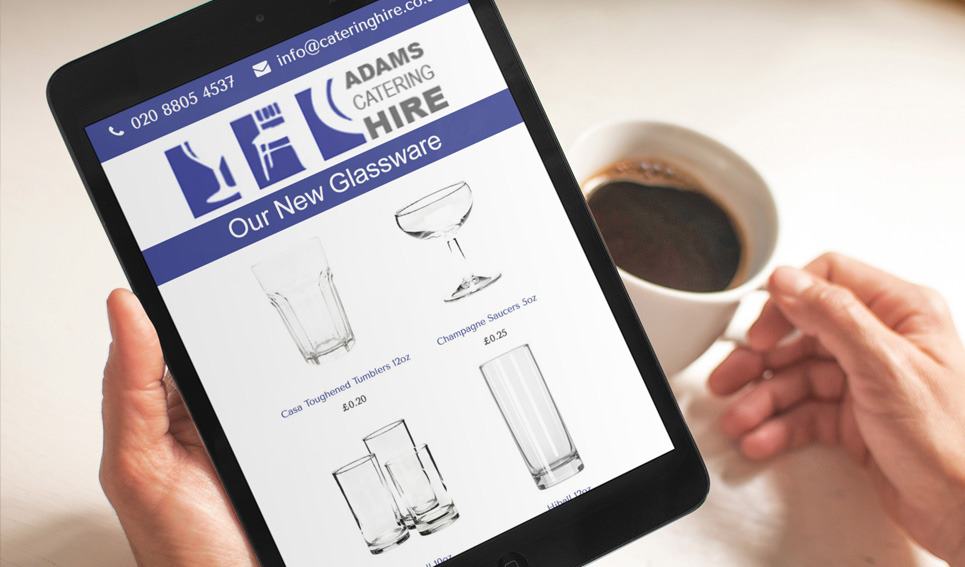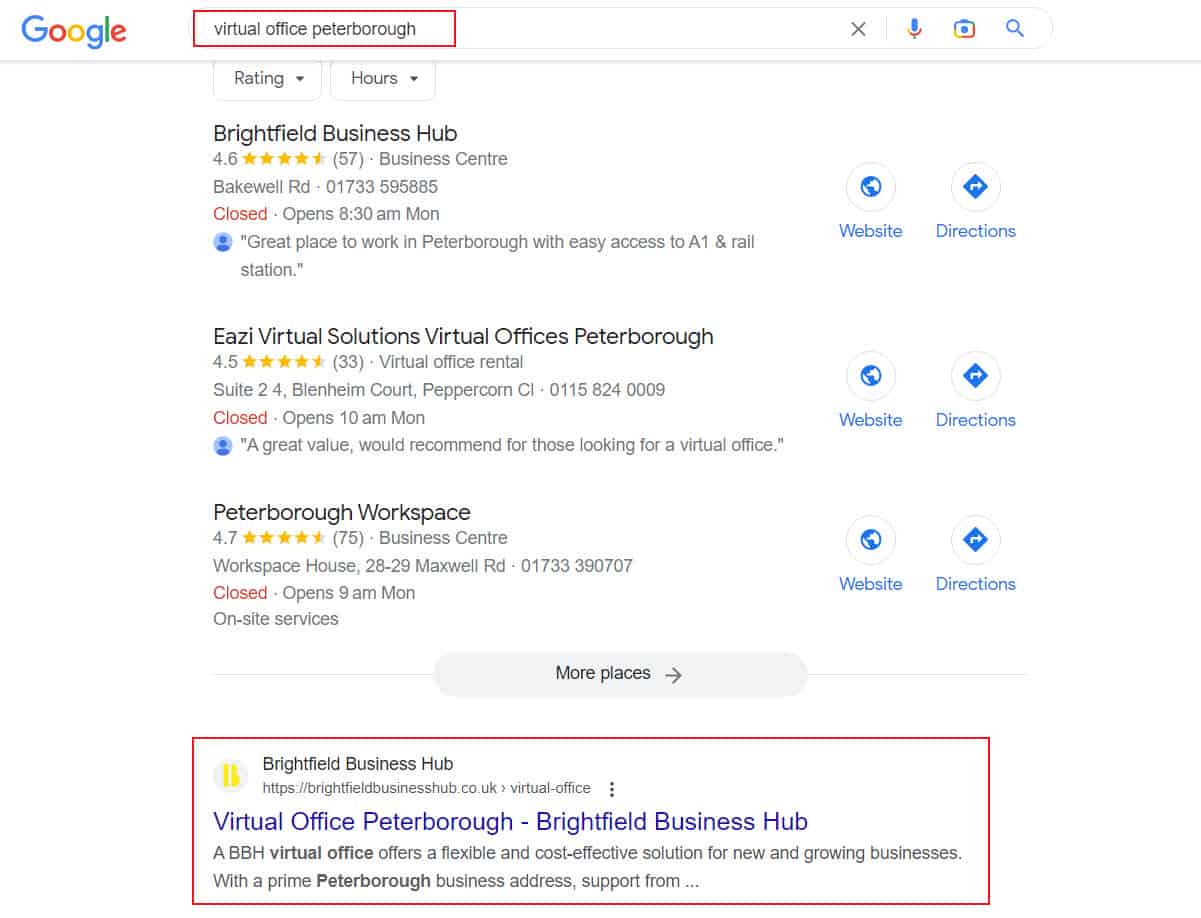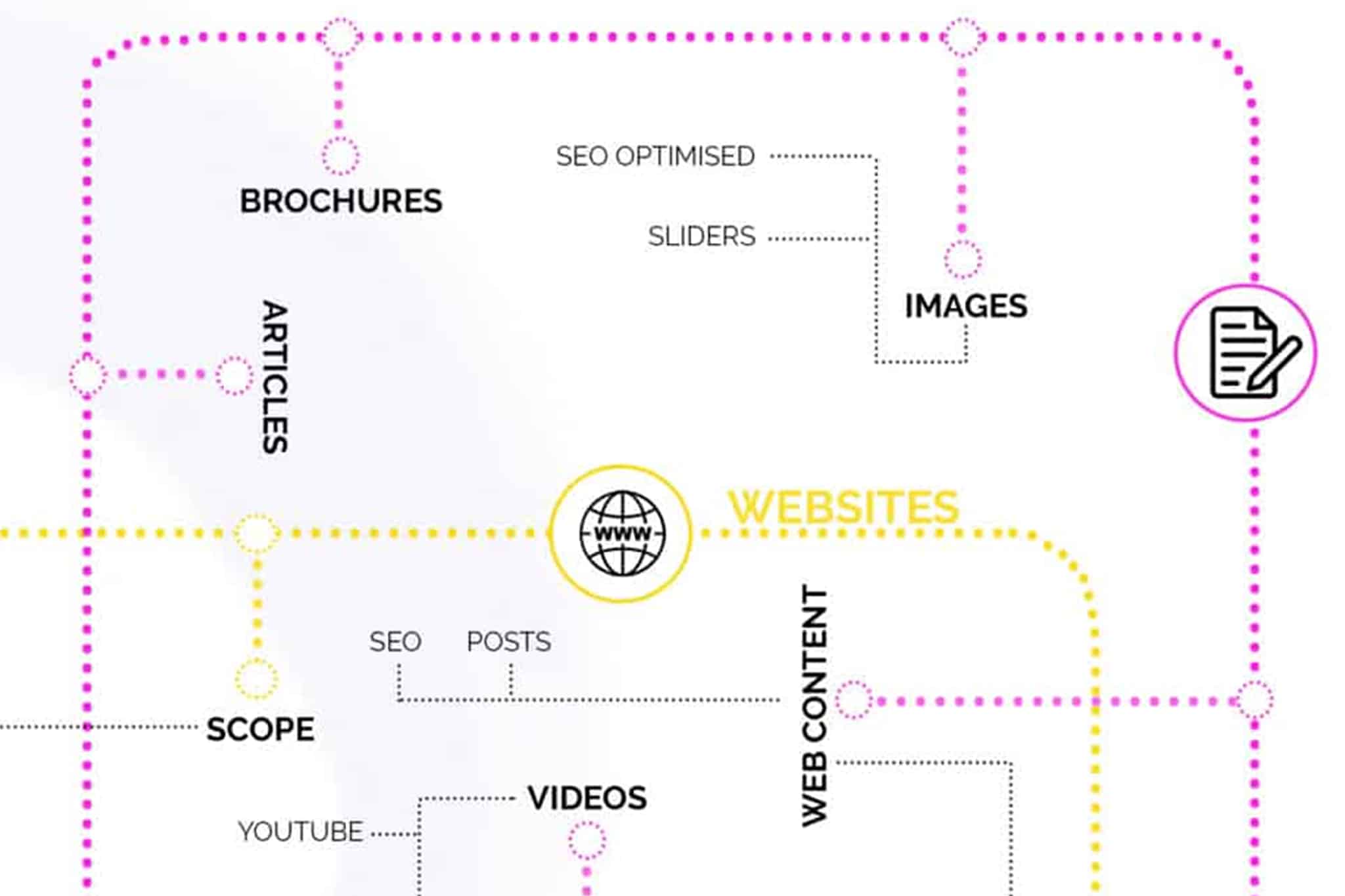Your Website Is Losing You Sales. Most companies have had a website for a number of years. Many are perhaps on their second or third iteration. For many companies though, once the website is developed it is then left with a minimum of modification or improvement.
The business challenge though is that the website provides a potential shop window for visitors. There are three primary challenges
- Encouraging a visitor to navigate throughout a site
- Converting visitors who visit the site i.e. giving them the correct experience on the site
- Getting sufficient of the correct type of visitors to find ,visit and explore the site
In this article we will look at why poor conversion, poor traffic and poorly designed content on your website could be losing you sales
A poor website can have a significant impact on a business’s sales in several ways:
- First impressions: A website is often the first point of contact between a business and potential customers. A poorly designed or unprofessional-looking website can give a negative impression and turn off visitors, causing them to leave without exploring the site or making a purchase.
- User experience: A poorly designed website can be difficult to navigate, confusing to use, and slow to load. This can frustrate visitors and discourage them from returning, resulting in lost sales.
- Search engine ranking: Search engines like Google consider several factors when ranking websites in search results, including website design, content quality, and user experience. A poorly designed website that is not optimized for search engines can be buried in search results, making it harder for potential customers to find the site and leading to lower traffic and sales.
- Credibility: A poorly designed website can make a business appear less credible and trustworthy, which can undermine customer confidence and lead to lost sales.
- Mobile optimization: With the increasing use of smartphones and tablets, it’s crucial for websites to be mobile-friendly. A website that is not optimized for mobile devices can be difficult to use on smaller screens, leading to lost sales from potential customers who are browsing on their mobile devices.
A poor website can have a significant negative impact on a business’s sales by turning off potential customers, reducing search engine visibility, and eroding credibility and trust.
Website Conversion Issues
1: First Impression
What impression does a visitor gain when they first land on your website. This first impression could ultimately impact on how they navigate your site.
- Does it inspire confidence and is a visitor going to be happy to take action (call, e mail, fill out a form) having landed on your site
- From where ever they have landed can they easily navigate to the areas of importance to them
- Does your Google Analytics profile look like this (see the image on the right)
- In this real and typical example there is a very high drop off as the web content is not engaging with the visitor
- Therefore it is pointless conducting activities to generate additional traffic as driving traffic to the site will simply increase the bounce rate i.e. the number of people who land and then exit
- Testing should be conducted on a couple of the higher volume traffic pages to see if making changes to
- the page layout
- the messages and headlines
- the call to actions and click through messages etc has any impact on reducing the bounce rate and encouraging the visitor to stay on the page for longer or click to additional pages
2: What is the purpose of your website?
Ultimately even if your website is simply a brochure site it should still be designed to encourage action
The points of action could include
- Generating a phone call. Sounds simple but on your website is it easy to find the phone number. I’m amazed on the number of sites that I still see where
- You have to click to another page to get contact details
- You have to scroll down to the bottom of the page and then use a magnifying glass in order to read the phone number
- There is no phone number featured at all. Now while this might work for Blue Chip corporate’s or global businesses who don’t want to talk or encourage conversations, it doesn’t make sense for traditional businesses
- A Contact Us form being completed (on the contact us page)
- What is the benefit of the customer completing this form. Will there response be dealt with more effectively. Are they guaranteed to be called back and if so how quickly. Can the customer specify when they want to be contacted. Importantly would the customer have the confidence to complete and submit.
Requesting “Specific” information that looks of value
- This is the classic give to get approach. I will give you this “report, data sheet, white paper, access to video etc” to access it all you need to do is give me “your name, email company etc”. Now this is where you can have opportunity for increasing or reducing credibility
- If the report that you offer – turns out be a flaky, badly constructed piece with no value – then the likelihood is that this will reduce your credibility and when you communicate to the email address, the recipient will automatically unsubscribe
- If the report is informative, factual, aimed specifically at the target audience, well constructed then this could be a great way of building a relationship. When you communicate with this person in the future they have a better chance of remembering that you gave them useful information
So consider the following example on the right. Which of the options A or B are you most likely to sign up for. If you are still featuring a sign up for our newsletter message then give us a call and we can see how we can increase your web sign ups.
3: You need more traffic to your site
Your website could be losing you business if it is not being found. So what are the options of getting more visitors (prospective target customers) to see your website
Google AdWords PPC
If you need traffic fast then the quickest way to achieve this is to through Google Ad words . When evaluated accurately and set up correctly it provides a source of traffic of people who are specifically looking for what you have to sell. BUT
- The AdWords campaign needs to be set up correctly and then managed (more of this in a future article)
- If your website is failing the “conversion” and “capture” elements – what is the point of generating even more traffic that will bounce
- Goals and conversions should be set up so that critical evaluation of the AdWords performance can be completed
For many customers we have run highly targeted ad words campaigns that have generated an excellent ROI. We have inherited numerous clients who have wasted £000’s on AdWords campaigns that were doomed to fail immediately they were created (all of which was 100% avoidable)
Direct Traffic
You probably already have a list of customers and prospects who you regularly communicate with. On your email footer should be a link to the website (in fact even better a link to a specific area of content on the site that is relevant to the recipient).
On all business cards, adverts, exhibition stands etc the web address should feature.
If you are completing e mail marketing campaigns then this provides the ultimate opportunity to send the recipient to specific content specific pages
Organic search content
There are no shortcuts or black hat approaches to fool Google in the quest to rank your search terms for organic search. If you want to rank organically you need to have a
- Content rich site which is being frequently enhanced by more high quality relevant content
- Site that is set up correctly and oozes Google love
- Optimised content that has a greater chance of ranking compared just traditional organic content
- Site which is easy to navigate and engages with the visitor
- An understanding of what search terms are being used by potential buyers to find the products / services that you offer
- Resource and time available as organic ranking takes time (but is essentially Free and an Asset to you once completed)
Is Your Organic Content Ranking #1
Virtual Office Peterborough is an example of content written by us that is currently ranking number one in Google
Could you Benefit from improved organic content
Find out if you could gain more search traffic by calling Andrew on 01733 361729
How To Find Out If Your Website Is Losing You Sales
The following factors should be considered
- It looks poor and doesn’t give the recipient the confidence they need. So if you are manufacturing high quality technically innovative equipment but your website looks dated and poor expect poor results
- You are not capturing the contact details of those people who have been to your site.
- You are not getting enough of the right traffic to your site AKA your site isn’t found
For a free website review please complete the form on the right
For more information on how to avoid marketing mistakes click here. To talk to a marketing and sales expert click here
Your Website Is Losing You Sales – Summary
There are several ways to identify if the design and build of your website are losing you business:
- Decreased Conversion Rate: Monitor your website’s conversion rate, which is the percentage of visitors who take a desired action (such as making a purchase or filling out a form). If you notice a consistent decline in the conversion rate, it may indicate that your website is not effectively converting visitors into customers.
- Increased Bounce Rate: Bounce rate refers to the percentage of visitors who leave your website after viewing only one page. A high bounce rate could suggest that visitors are not finding what they are looking for or that the user experience is poor, potentially leading to lost sales.
- Declining Traffic: Analyze your website’s traffic patterns using tools like Google Analytics. If you notice a significant and sustained decrease in traffic, it may be an indication that your website is losing visibility or not effectively attracting potential customers.
- Negative Customer Feedback: Pay attention to customer reviews, comments, or feedback related to your website. If you observe a consistent pattern of negative feedback, such as complaints about usability, checkout process, or overall experience, it could be impacting your sales.
- Abandoned Carts: Track the rate of abandoned shopping carts on your website. If many users are adding products to their carts but not completing the purchase, it may indicate issues with the checkout process or other barriers preventing customers from completing the transaction.
- Decreased Average Order Value: Monitor the average value of orders placed on your website over time. A significant decline in the average order value could mean customers are spending less or buying fewer items, which can impact your sales revenue.
- Competitor Analysis: Keep an eye on your competitors’ websites and compare their performance with yours. If you notice that your competitors are attracting more customers or gaining market share, it may indicate that your website is not effectively meeting customer needs or keeping up with industry trends.
- Monitor website analytics: Analysing website traffic and user behaviour can provide insights into how users are interacting with your website. This includes metrics like bounce rate, time on site, and conversion rate. If these metrics are consistently low, it may indicate that your website design or user experience is not meeting users’ expectations.
- Conduct user testing: Conducting user testing can help identify usability issues and user pain points on your website. This involves observing users as they complete tasks on your website and asking for feedback on their experience.
- Check website speed: Slow loading times can be a major turnoff for users and can lead to lost business. You can use online tools like Google’s PageSpeed Insights to test your website’s speed and identify areas for improvement.
- Gather customer feedback: Gathering feedback from customers can help you understand their experience on your website and identify areas for improvement. This can be done through surveys, feedback forms, or customer reviews.
- Conduct a website audit: Conducting a website audit can help identify technical issues that may be impacting your website’s performance and user experience. This includes checking for broken links, page errors, and outdated content.
By taking these steps, you can identify areas for improvement in your website design and build and make changes to improve user experience and increase business success.
If you would like to know more how to improve your website to avoid losing sales contact Andrew Goode MBA, MSc, FCIM Click here to arrange a call
Other articles linked with marketing metrics that may provide additional insight. Marketing metrics and analytics, marketing ROI Planning , marketing revenue analytics and Marketing Measurement Metrics and Website Design












